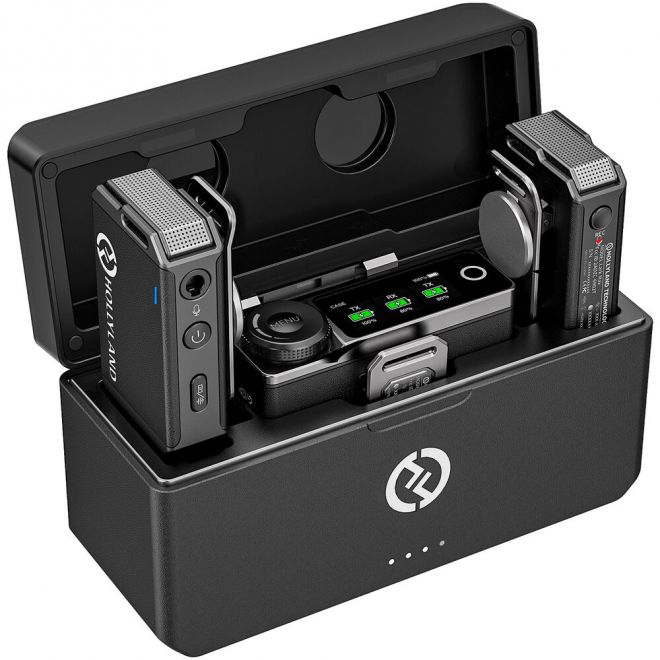Taylor Swift is not just a musical icon but also a constant innovator in her live performances. Over the years, her microphone setup has evolved significantly, reflecting her growth as an artist and her willingness to adapt to new technologies and performance styles. From her early country roots to her more recent pop and alternative explorations, this article delves into the evolution of Taylor Swift microphone setup and its impact on her live performances.
Early Beginnings: The Acoustic Era
Simple Setup for Authenticity
In her early years, particularly during her 2006 self-titled debut album and 2008’s “Fearless,” Taylor Swift relied heavily on an acoustic setup. Initially, she used handheld dynamic microphones like the Shure SM58, known for their clarity and reliability. This choice emphasized the singer-songwriter vibe she cultivated, allowing her vocals and guitar to shine without overwhelming technology.
Connection to the Audience
This simple microphone setup aligned with her storytelling approach, where authenticity is key. The acoustic sound complemented her narrative lyrics, creating a intimate concert experience. As she performed at smaller venues and intimate gigs, the focus was more on her voice and lyrics rather than elaborate production elements. This period set the stage for her connection with fans and demonstrated her commitment to authentic performances.

Transition to Mainstream Recognition
Incorporating Wireless Technology
As Swift’s career progressed, especially during the release of her “Speak Now” album in 2010, her performances began to adopt more technologically advanced setups. She started using wireless microphones, allowing her to move freely across the stage. The transition to equipment like the Shure PSM900 wireless system marked a significant change in her performance style, enabling her to engage more dynamically with fans.
Enhancing Performance Energy
With this new wireless setup, Swift could traverse the stage, interact with her band, and create a more vibrant and energetic performance atmosphere. The flexibility of wireless technology allowed for choreography and movement that matched the excitement of her music. This era displayed her growth and ambition as an artist, paving the way for more theatrical performances in subsequent years.
The Rise of Pop: A Sonic Transformation
Embracing Pop Production
By the time Swift released her 2014 album “1989,” she fully embraced pop music, necessitating even further evolution in her microphone setup. The performances during this era featured a mix of vocals and synthesized sounds, meaning Taylor Swift microphone needed to compete with a more complex soundscape. She adopted high-quality condenser microphones, like the Sennheiser MK4, offering clearer sound reproduction suited for fine detailing of her vocals amidst electronic instrumentation.
Stage Presence and Active Engagement
The new setup also allowed her to enhance her stage presence. The dynamic capabilities of the condenser microphones meant that Swift could employ various vocal techniques and perform with greater nuance, matching the energy of pop anthems like “Shake It Off.” The move to larger arenas also necessitated this change, as the audio dynamics in big venues are different from intimate spaces, leading to a richer perspective in her sound delivery.
The Reputation Tour: High-Tech Advancements
Integration of Custom Gear
The 2017 “Reputation” tour showcased a milestone in Swift’s microphone evolution. For this tour, she integrated more specialized gear and advanced wireless technology, including custom microphones designed to withstand high energy levels and dynamic performances. Her use of the Shure Axient Digital Wireless System allowed for seamless connectivity and enhanced sound quality. This setup offered unmatched reliability, especially during an arena tour where technical challenges are more common.
Enhanced Visual Effects
The marriage of technology and performance art reached new heights during the “Reputation” tour. Swift’s microphone setup was not just about capturing sound; it supported the visual grandeur of the performances with sync to lighting and effects. For instance, her microphone often lit up in sync with the beat, enhancing audience engagement and creating a mesmerizing experience that stood out as a hallmark of her live shows.

Folklore and Evermore: A Return to Roots with Modern Flair
Blending Acoustic and Digital Elements
With the release of “Folklore” and “Evermore” in 2020, Swift returned to her roots, incorporating a more introspective and acoustic style while utilizing modern technology to enhance the experience. This transition saw her using more versatile microphones that could easily switch between soft acoustic sounds and elevated, powerful vocals when necessary. Her choice of equipment reflected an understanding of how to capture a natural sound while still being adaptable to live performances.
Intimate Performances and Storytelling
During her promotion of these albums, Swift often performed in unique settings, including the Disney+ special, “Folklore: The Long Pond Studio Sessions.” Here, she utilized microphones that complemented her storytelling style, allowing audiences to feel the emotion behind her songs. The performance relied heavily on details, showcasing her evolution as a performer who remained grounded while mastering technology rather than letting it overshadow her artistry.
The Eras Tour: Celebrating Musical Legacy
Comprehensive Sound Systems
Taylor Swift’s “Eras Tour,” which celebrates her diverse discography, has also showcased another evolution in her microphone setup. The integration of comprehensive sound systems has become essential for delivering the dynamic range of sounds produced in her vast catalog. By employing high-end, multi-channel microphone systems, she successfully conveys the essence of each era while ensuring audio clarity across various genres.
Audio Engineering Collaboration
In this tour setup, Swift works closely with audio engineers who understand her artistic vision. Together, they curate an audio experience that pays homage to each album while emphasizing her vocal artistry. This collaboration ensures a flawless delivery, making it possible to engage with her audience in a powerful, expressive way. The meticulous attention to detail in sound has solidified her reputation as a live performer who values quality and precision.
Future Directions: Innovations Ahead
Adapting to New Technologies
Looking forward, Taylor Swift’s microphone setup will likely continue to evolve alongside advancements in audio technology. The rise of artificial intelligence in sound engineering and real-time performance modulation could offer new opportunities to enhance her vocal delivery and stage presence. Swift’s willingness to embrace innovation will undoubtedly keep her performances fresh and engaging, ensuring that she remains at the forefront of the industry.
Maintaining Authenticity Amidst Change
Despite the technological advancements, Swift’s foundation in authentic storytelling will likely remain a primary focus. As she explores new vocal techniques and soundscapes, the essence of her music will continue to shine through, resonating with audiences worldwide. The balance between technology and authenticity will define her future performances, shaping how she connects with fans while pushing the boundaries of what a live show can achieve.

Conclusion
The evolution of Taylor Swift microphone setup over the years reflects not only her personal growth as an artist but also the advancements in audio technology and performance art. From her early acoustic roots to high-energy pop performances and intimate storytelling, each phase has defined her connection with her audience.
Her journey reveals a thoughtful approach to sound, demonstrating an acute awareness of how essential technology can serve the art of music. As we look ahead, there’s no doubt that Taylor Swift will continue to innovate and inspire, using new technologies to enhance her artistry while remaining true to her roots. The evolution of Taylor Swift microphone setup is not merely about equipment; it’s about a committed journey toward artistry, connection, and musical evolution.


